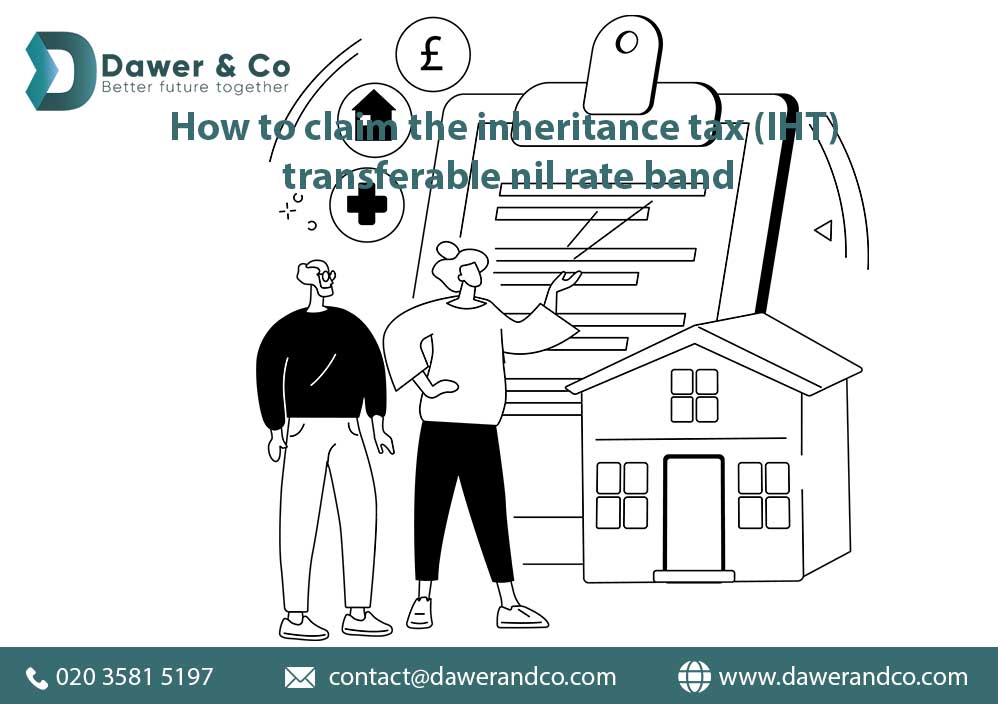For inheritance tax (IHT), there are potentially two nil rate bands available. The first – the nil rate band – is available to everyone and is set at £325,000 until 5 April 2026. An estate does not have to pay any IHT up to this amount.
The second nil rate band is the residence nil rate band (RNRB). This is available where the main residence is left to a direct descendant, such as a child or grandchild. The RNRB is set at £175,000 until 5 April 2026. However, unlike the nil rate band, the RNRB is tapered where the value of the estate is more than £2 million. The RNRB is reduced by £1 for every £2 by which the value of the estate exceeds £2 million, meaning that it is not available to estates valued at £2.35 million and above.
Spouses and civil partners
An IHT inter-spouse exemption means that no IHT is payable on anything that a person leaves to their spouse or civil partner.
Each spouse/civil partner has their own nil rate band and RNRB for IHT purposes. The IHT rules also allow any portion of the nil rate band or RNRB which is not used on the death of the first spouse/civil partner to be transferred to the surviving spouse/civil partner and claimed by their executors on their death. This is useful where a couple wish to leave their estate to their surviving spouse/civil partner in the first instance and to their children following the surviving spouse/civil partner’s death, but do not want to waste their nil rate bands.
Transferring the nil rate band
The percentage of the nil rate band that was not used when the first spouse/civil partner died can be used by the surviving spouse/civil partner’s estate as long as:
- the couple were married or in a civil partnership when the first death occurred; and
- the unused nil rate band is claimed within two years of the death of the surviving spouse or civil partner.
It is important to note that it is the unused percentage of the nil rate band that is transferred, not the absolute amount. This provides an automatic adjustment if the nil rate band changes between the first death and the second death.
The way in which the claim is made depends on whether a full IHT return (IHT400) is needed. If a full return is required, the claim should be made on form IHT402, which should be sent to HMRC with the IHT400 (and any other forms that are required). The IHT400 should be sent to HMRC within 12 months of the date of death.
If the death occurred after 1 January 2022 and the estate is an excepted estate, the transferable nil rate band can be claimed when applying for probate.
Transferring the unused RNRB
As with the nil rate band, the unused percentage of the RNRB is available on the estate of the surviving spouse or civil partner. Again, this must be claimed. This is done on form IHT435 which should be sent to HMRC with the IHT400.
Example
Polly died in June 2017 leaving her estate valued at £600,000 to her husband Paul. At the time of her death, the nil rate band was £325,000 and the RNRB was £100,000.
Paul dies in May 2022. He leaves his entire estate, valued at £1.4 million to his daughter Poppy. In addition to his nil rate band of £325,000 and his residence nil rate band of £175,000 his estate is able to claim the unused portion of Polly’s nil rate band and RNRB, which is 100% in each case. Consequently, Paul’s estate is able to benefit from a further nil rate band of £325,000 and a further residence nil rate band of £175,000. As it is the unused percentage that is transferred, Paul’s estate benefits from 100% of the RNRB at its value of the time of his death (i.e. £175,000), rather than the absolute value of the RNRB at the time of Polly’s death (i.e. £100,000). Consequently, IHT is only payable to the extent that the value of his estate exceeds £1m (2x £325,000 + 2 x £175,000).
For more details about inheritance tax (IHT), Please contact us






